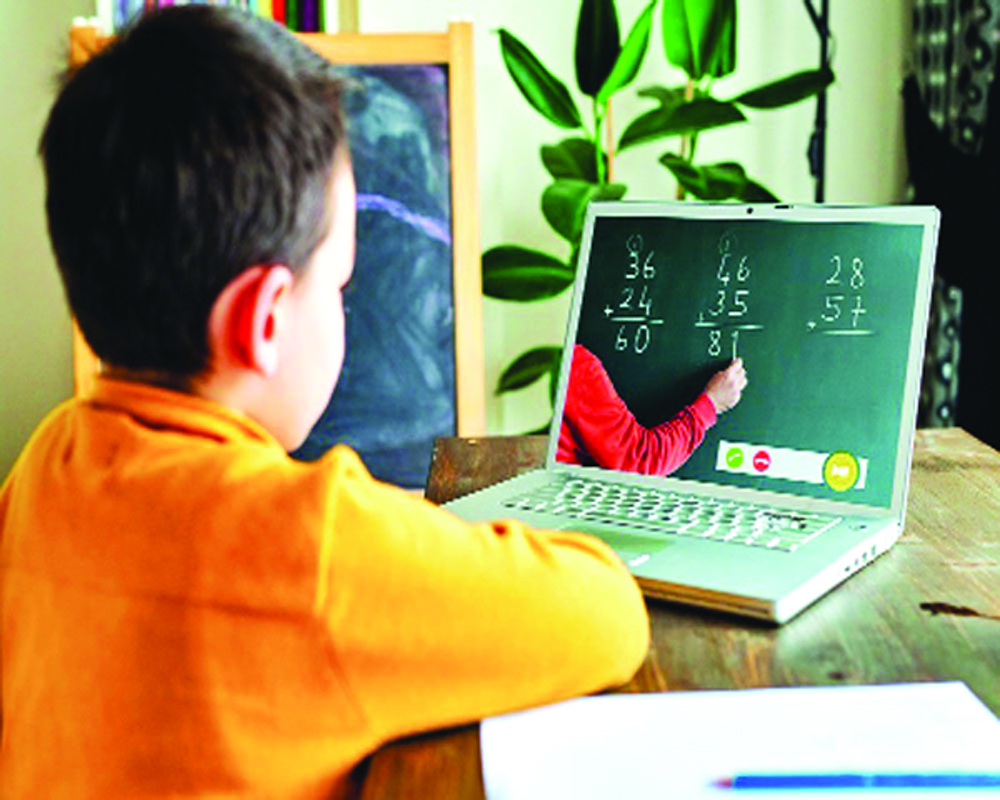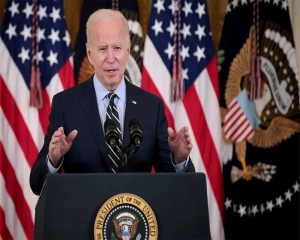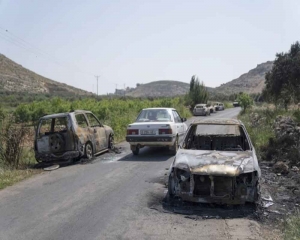The ASER survey maps the extent of the digital divide in rural India and makes a case for strengthening infrastructure to democratise education
We all knew about the digital divide in the education sector, about how children in rural India, already cut off from last mile connectivity and lacking internet and technology resources, would suffer badly in a post-pandemic scenario. But it looks far worse than initially estimated. The Annual State of Education Report (ASER) survey, which mapped the extent of learning loss among students in September, has found that with the closure of schools, about 20 per cent of rural children had no textbooks at home. About three per cent of them, aged between six and 10 years, had not yet enrolled in school this year compared to just 1.8 per cent in 2018. And in the week of the survey, about one in three rural children had not participated in any learning activity at all while about two in three had no learning material or school-oriented activity. Enrolment patterns, too, show a slight shift toward Government schools, with private schools seeing a drop across age groups. Though, encouragingly, about one in every 10 rural households across the country bought a new phone to support their child’s digital education, it also brings out the harsh reality that only a minuscule percentage of village children had access to live online classes. This adversely impacted the education of the rest, who could not afford either a smartphone or a computer, and were, therefore, left with the option of not studying at all or sharing the scarce resources in groups. To make matters worse, only one-third of all enrolled children received textbooks, worksheets, online/recorded classes, video or some other form of virtual lessons from their teachers, increasing the learning gap even more. Here, too, the divide between the haves and the have-nots was accentuated because 28.7 per cent of children studying in private schools had watched videos or other pre-recorded content online, as compared to 18.3 per cent of Government school students. But even 28.7 per cent is a dismal figure by all standards and all efforts to ensure seamless education by adopting technology solutions have clearly come to a naught. So if we want to mainstream hybrid education, the ASER report is a reality check. Urban models cannot be imposed on rural India, where technology has to be hardwired in a community format and distance learning via satellite TV networks or intranet encouraged.
India may be among one of the largest consumers of smartphones worldwide and may have the second largest internet penetration but we still don’t have a reliable and strong broadband connection throughout the country. Till we can ensure this, patchy links will remain one of the major reasons for the lack of access to online learning. Even in cities, where we have a comprehensive 4G network, there are major disruption issues being faced by parents, students and teachers alike. So how can we expect things to be better in rural India? While urban homes may have the privilege of owning power back-ups, what about rural areas where power supply is a luxury and where outages are mostly diurnal to supply electricity to the industrial and farm sector, basically the time when the classes are supposed to be held? Besides, how many of the teachers are comfortable taking online classes in rural India? Given the fact that data is expensive, even if parents are able to get the child an exclusive phone for studies, they are forced to keep the video option off to save data. Which in turn makes the lessons uninteresting for the students and difficult for the teacher to monitor them. Language barrier is a serious challenge as most of the content is either in English or Hindi, making it tough for regional language speakers. It is at times like this one wishes that India had taken full advantage of its Educational Satellite (EduSat). But we can still widen the bouquet of direct to home (DTH) educational channels, all of which cover content from pre-school to doctoral studies, and beam them over local cable networks. A knowledge society must be democratic, not exclusionary. And since enrolment at Government schools is up, it is time to prioritise upskilling teachers and standardise modules there. We cannot leave rural India behind.


























